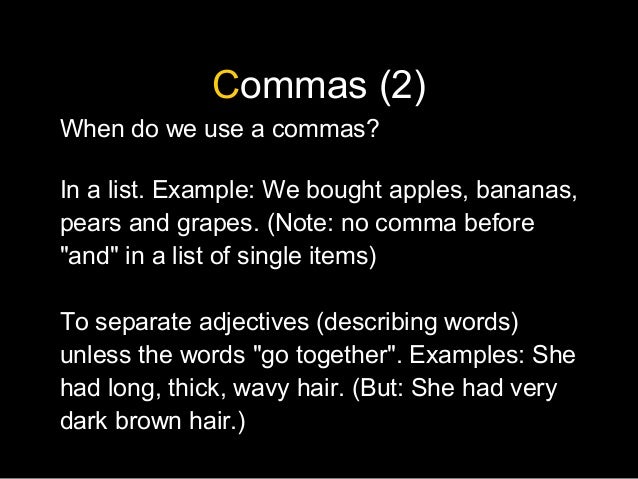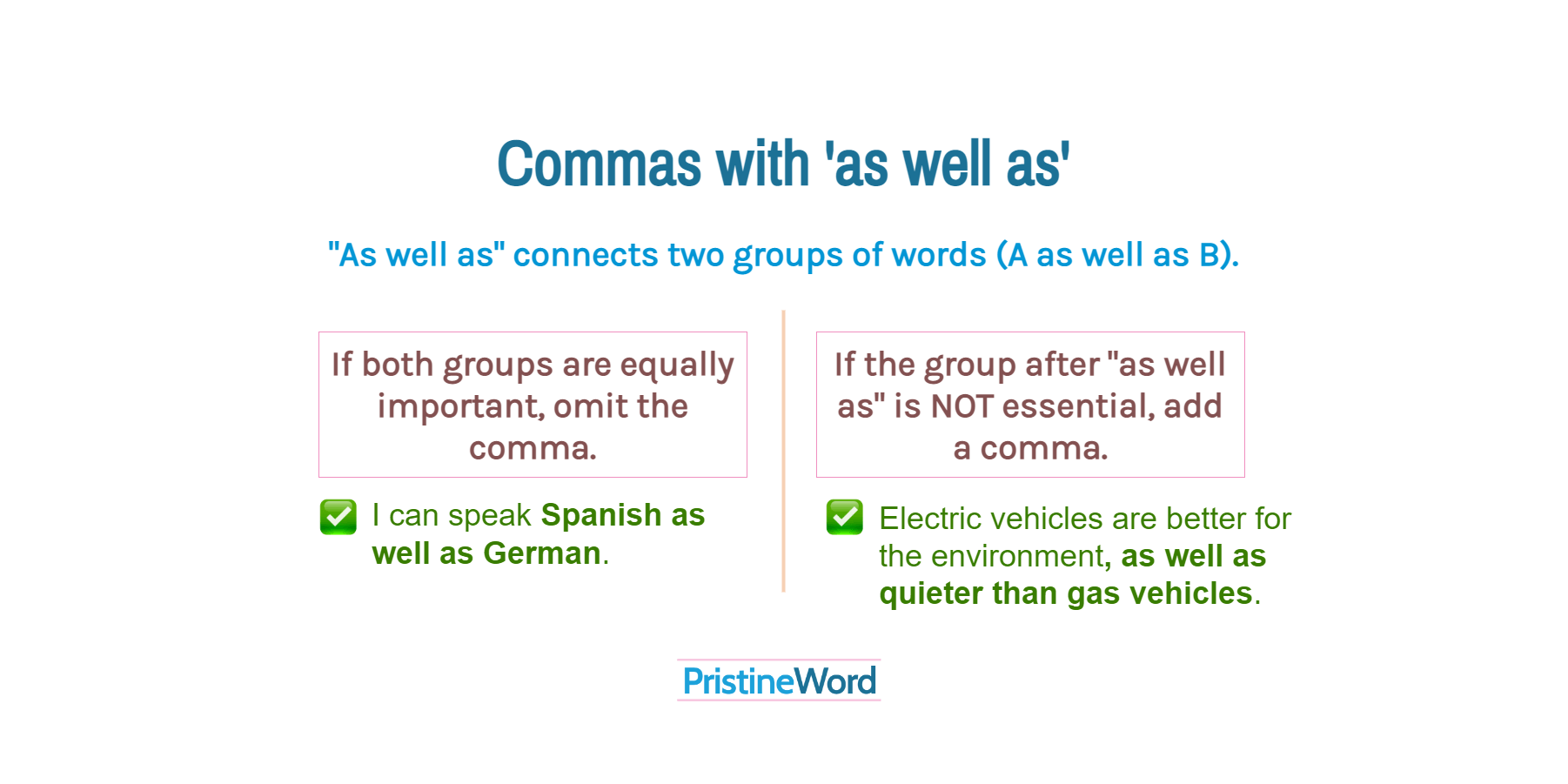
Let's look at the first one, "Once you get the cilantro plants growing," you've got a dependent clause then you've got comma and it says, "they are difficult to kill and get rid of." you've got an independent clause here hooked by a comma, so that comma's okay to stay there. "Once you get the cilantro plants growing, they are difficult to kill, and get rid of." Alright, so we've got two commas there. Alright, let's look at this one and see if you can find out what's wrong with it. And we learned, if your using a comma to join an independent to a following dependent, it's a comma splice, you don't need a comma there. So we've got a subject and a verb but it doesn't express a complete thought because it starts with one of those subordinating conjunctions.

If you look we've got this first part of the sentence is an independent clause, it can stand on it's own, it's got a subject and a verb and afterwards we've got a dependent clause. "I grow cilantro in my garden, because it is one of my favorite herbs." So we've got a comma here and that's actually a comma splice. And finally, don't use a comma to split an independent clause from a dependent clause when the dependent clause follows, so you don't need any mark there. But if you're just using a comma to join those two independent clauses, you've got to add something else there. So we could say, "I got tomatoes, cilantro and avocados and then I remembered garlic." and you've got a grammatically correct sentence. The simple fix to that is just to throw a FANBOY in there. And then here's the big one don't use a comma to join two independent clauses if that's all you're using.

So, basic tricks are don't use a comma to split a subject and a verb up, don't use a comma to split a compound subject, don't use a comma to split a compound verb. So let's talk about some different ways to identify those unnecessary commas. And if we come here, "I got tomatoes, cilantro and avocados." So those are commas in a list, this one's okay but if we look here then, "comma then I remembered garlic." here we've got two independent clauses, "I got tomatoes, cilantro and avocados," and then "then I remembered garlic" joined together with just a comma and we know that that's not one of the comma rules so we've got another comma splice here. So we don't want this comma here, we do not want to split up that verb phrase. "The other day I went to the store, to get ingredients." Now going to the store to get ingredients is all part of the same verb phrase. We've got one here, we've got one here and we've got one here.

That's a long sentence but we've got a lot commas in there. Take a look at this example, "The other day I went to the store, to get ingredients for guacamole, I got tomatoes, cilantro and avocados, then I remembered garlic.

So what a comma splice is, is it's essentially just when a comma is used unnecessarily, called the comma splice. So we are going to talk about those comma splices and hopefully help you so that you don't see those marks anymore. If you've ever gotten a paper back and you've seen the letters CS written on it or have all your commas circled and not quite sure why, chances are you probably had some comma splices.


 0 kommentar(er)
0 kommentar(er)
